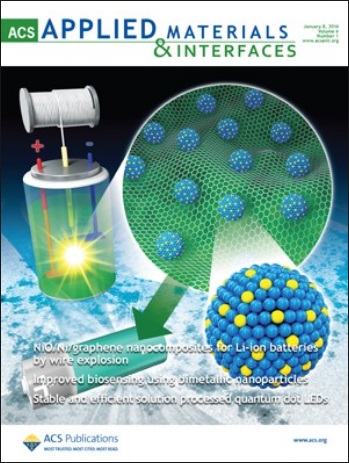One of the key challenges in engineering of orthopedic implants is to “bioactivate” their surface by using different surface techniques and materials. Carbon, especially amorphous (a-C) and diamond-like carbon down (DLC) films have attracted much attention in biomedical fields due to their biocompatibility and low coefficient of friction. However, they are unsuitable for uses as a “bioactivity enhancer” of orthopedic implants due to their bioinertness. In this work, we use the nonreactive magnetron sputtering technique to produce a-C films including the biocompatible niobium (Nb) element to alter the surface chemistry and nanotopography of the a-C films with the purpose of bioactivating the a-C film coated implants. Results show that the nanocomposite films (Nb–C) formed by the addition of Nb into the a-C films not only have improved corrosion resistance, but also possess enhanced mechanical properties (nanohardness, Young’s modulus and superelastic recovery). Preosteoblasts (MC3T3-E1) cultured on the Nb–C films have enhanced adhesion and upregulated alkaline phosphatase (ALP) activity, compared to those cultured on the a-C film and TiO2 films used as a control, which are thought to be ascribed to the combined effects of the changes in surface chemistry and the refinement of the nanotopography caused by the addition of Nb.

